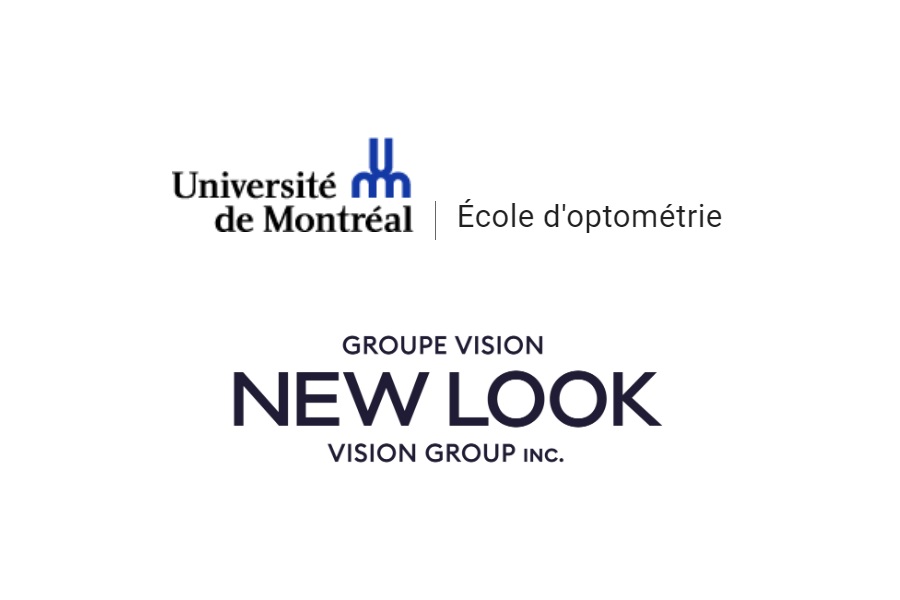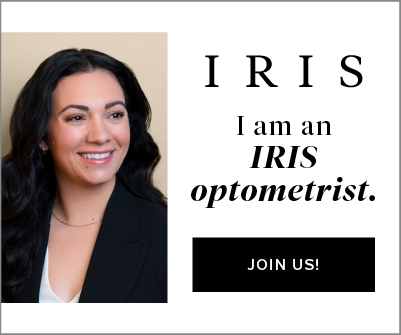
Findings from a recently published empirical peer reviewed study conducted by the Université de Montréal (UdeM) unveils that the advanced technology Topology, used by New Look Vision Group, is the leading technology-supported purchasing method online.
Topology is a technology that uses the latest advances in 3D facial scanning and augmented reality to enable customers to take the necessary ultra-precise measurements needed to produce high-quality glasses.
The article, which has been published in the Journal Optometry and Vision Science, surveyed 30 people over 50 years old to test complex progressive prescriptions. It compared how three online eyewear retailers’ technology-based services (New Look powered by Topology and two major online eyewear retailers) fare against the U de M School of Optometry store. The research parameters primarily included the accuracy of the measurement, fitting and comfort upon delivery, and overall satisfaction.
The findings from the study uncover positive advancements in online prescription eyewear purchasing and identify Topology as a leading tool. Notable highlights include:
- The quality of Topology’s measurements – namely pupillary half-distances and ocular height – is comparable to the measurements taken in person by UdeM eye care professionals.
- Topology is the only technology that takes measurements for the production of personalized lenses (requiring a greater number of accurate measurements) when buying online.
- Topology’s measurements are more accurate, allowing for clearer vision compared to two major online eyewear retailers.
- Topology was ranked higher than the two other major online eyewear retailers by eye care professionals for frame adjustments to fit the wearer. In fact, with Topology, a personalized adjustment is made before shipping. New Look Vision Group is the only retailer to offer this service.
- Overall, customers who use Topology technology to purchase prescription glasses online can benefit from an experience that is close to an in-person purchase in store.
The preliminary study results were released in November 2022 prior to publication.
The researchers concluded. “Basic lens centration measurements obtained with Topology compare well with those of opticians, but some aspects of the methodology for measuring personalization parameters could be improved. In comparison with two established online vendors, resulting measurements with Topology are more consistent. Initial wearer satisfaction with Topology eyeglasses was also better.”
“I am thrilled that an independent study confirms that New Look Vision Group’s app, which was conceived from a partnership with Topology, is the most accurate on the market. This represents years of extensive testing and a significant advance that will give confidence to people wishing to buy prescription glasses online, while providing an alternative solution with the same quality as in-store purchases.” says Jean-Michel Maltais, Senior Vice President Omnichannel, New Look Vision Group.
“This new technology from Topology represents a significant advance in the industry, compared to the traditional model of buying glasses online. The basic parameters allowing the production of quality progressive glasses are comparable to those obtained in-store. It is also likely that the higher visual comfort provided by Topology, compared to the other online retailers evaluated, is due to its ability to take measurements for the production of personalized lenses. This technology presents online eyewear shoppers with numerous advantages compared to what existed before and performs better on many levels.’’, mentions Nicolas Fontaine, Optometrist and University lecturer and researcher at the Optometry School of Université de Montréal.
“People are increasingly looking to online methods of shopping, and the app represents a new type of interaction with your mobile phone. It uses the latest 3D technology to scan 30,000 data points on a person’s face, taking ultra-precise measurements. This level of precision ensures a high-touch consumer experience, custom-fit frames (customer’s choice) and optimal comfort”, says Dr. Schwirtz, Optometrist and Vice President Innovation within the New Look Vision Group.
Digital health technologies are improving access to healthcare services for more people than ever before. Consumers now have more reliable options to choose from, and the comparative study by UdeM shows that New Look Vision Group’s app powered by Topology, which is available from its banners New Look, IRIS and Greiche & Scaff, is helping to transform the eye care industry by allowing customers to confidently shop for prescription eyewear from the comfort of their own home.












